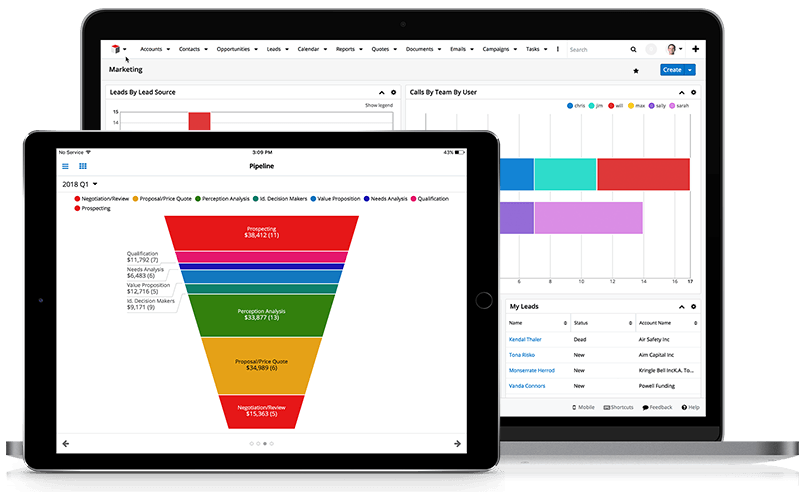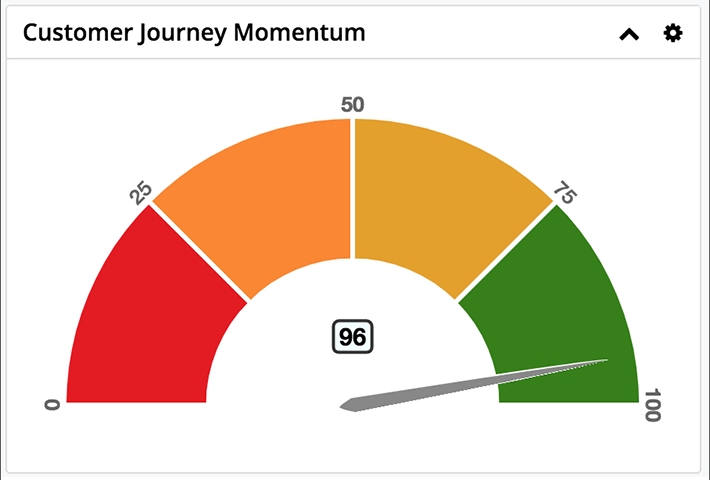
If you’re interested in CRM best practices, then you already understand the inherent value of a CRM system for improving sales revenue, customer service, and productivity. Yet, there are many ways you can use your CRM system to improve your ROI and sales processes. Don’t just let this important tool sit there, idly. Put it to use, and, see what it can do.
Configure your workflows
With a CRM system, you can accurately follow the full lifecycle of a customer’s interaction with your business. This includes sales, marketing, feedback, and support. Regardless of your business size, it is vital to incorporate effective and profitable CRM strategies.
There are so many ways to reap the benefits of your CRM system. One way to do so is with the right workflows. You want to determine your most essential sales processes to ensure every customer experience is consistent and smooth.
A CRM workflow enables you to automate repetitive tasks to help increase efficiency and ensure business processes are followed. With each workflow you set up in a CRM, you can define a set of conditions to be met and any combination of alerts and actions to trigger once the conditions are satisfied.

It’s also easier for training and onboarding of new hires when you already have proven and systematic workflows in place. You may have to update your strategies as markets change, but you don’t have to reinvent the wheel every single time when you put the technology of your CRM system to use. In addition, sales reps don’t have to question their next steps.
Workflows answer that question for them. They now know exactly what to do for each step around support, feedback, and sales interactions with prospective customers and current clients. Your designated workflows can be as simple as a bulleted list they save or a flow chart they can reference as needed.
Engage in customer-centric processes
Since a CRM system will give you a 360-degree view of your customer, you can then create more targeted messages and campaigns. It’s not easy to keep track of hundreds, or thousands, of customers and prospects without the right database.
Yet, when you have happy customers, then you can have a better shot at a reliable stream of repeat business. If your customers are consistently satisfied, then they will be more willing to continue to purchase your products and services as well!
Many customers will leave if they experience bad service, on a regular basis. And, the worst part is many won’t even tell you why. So, you’re left wondering and may repeat the same mistakes over, and over again. But, a CRM system puts your customers front and center.
You get active insight into each, and every customer–and, this can be shared on a cross-department basis. Say a sales rep called a customer and recorded the notes of the interaction. A week later, the marketing department can follow up with a targeted and relevant email to ensure your company is always front of mind.
Then, a few days later, customer service can give the client a courtesy call to ensure everything is as expected on their end and if they need assistance with anything. Without a CRM system, this customer-centric process would not go through smoothly or timely enough for that matter.
Focus on collaboration
What’s nice about a CRM system is anyone can view a customer record and get the latest update. As a result, collaboration is improved. Selling to and keeping a customer requires a team effort. A sales rep can’t be expected to do this alone.

Sales reps need help from marketing, customer service, company executives, and even accounting. Returning customers may be contacted by any department for any issue. If a customer is late on a pre-scheduled payment, they may be contacted by accounting.
If there is a company event coming up, the customer may be contacted by the marketing department. So, why the sales rep is trying to make a sale, their efforts could be obstructed when another department contacts the customer without any notes on recent activity.
Since the sales rep is the face of the company, the customer then complains to the sales rep. For instance, marketing might send them an invite to a conference that isn’t even in their industry or interest.
The customer will then call the sales rep asking why they keep getting these irrelevant marketing messages. With a CRM system, you enhance collaboration since every department can now be on the same page. Redundancies are eliminated, and each department can target their messages to align with customer records, interactions, and notes.
Add milestones
With any system, measurement strategies or milestones should be put in place to ensure people are on track in terms of achieving company objectives. Of course, all activities should be customer-centric, but that customer focus will also equate to better profits.
Now, your company also needs to track progress, improvement, and customer satisfaction. So, it’s important to put milestones in place in the form of quotas, and even key performance indicators around customer engagement and movement.

How well are prospects moving through the sales funnel? How much time are your sales reps spending with customers and prospects? How personalized are the marketing messages? Are all channels used effectively? Such as social sales, working with company partners, and more?
Are messages being aligned with customer preferences? Without milestones, you would not be able to track progress.
Final thought
You could have the most advanced CRM system in place, but it is only as effective as your input. You have an organized and powerful central database at your beck and call. Make the most of it.
The post Best Practices in CRM Use for Beginners appeared first on FayeBSG.
No comments:
Post a Comment